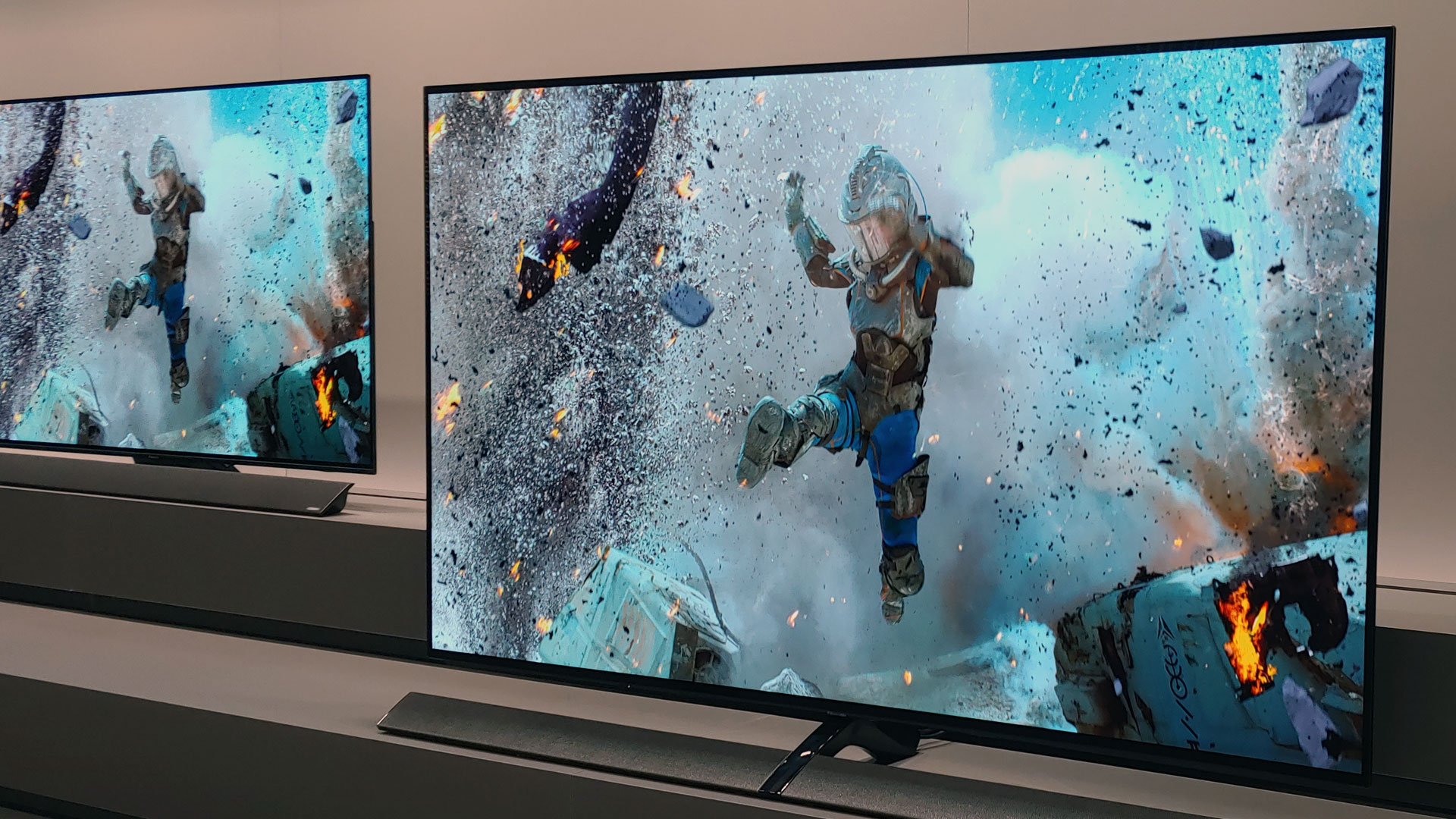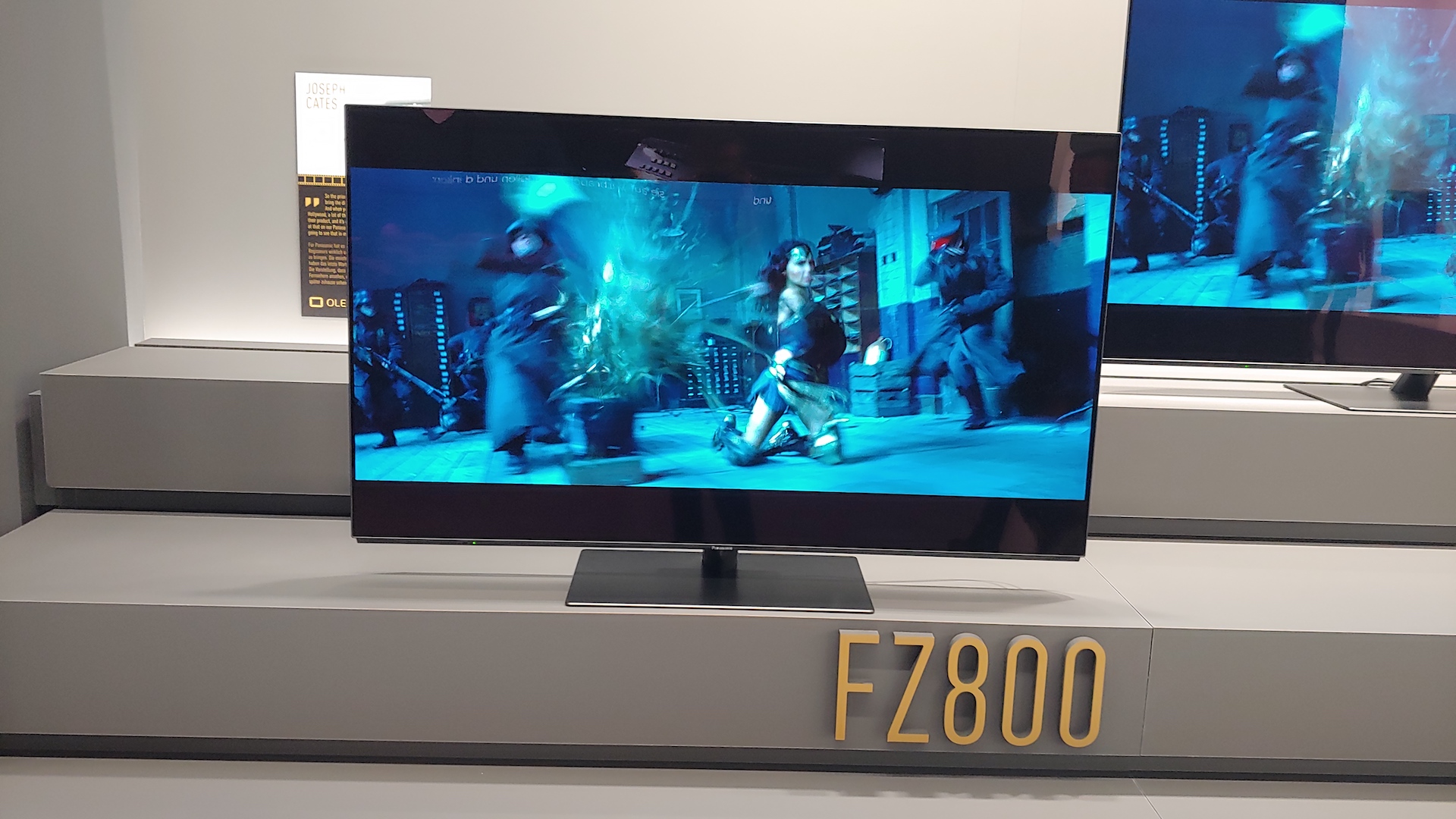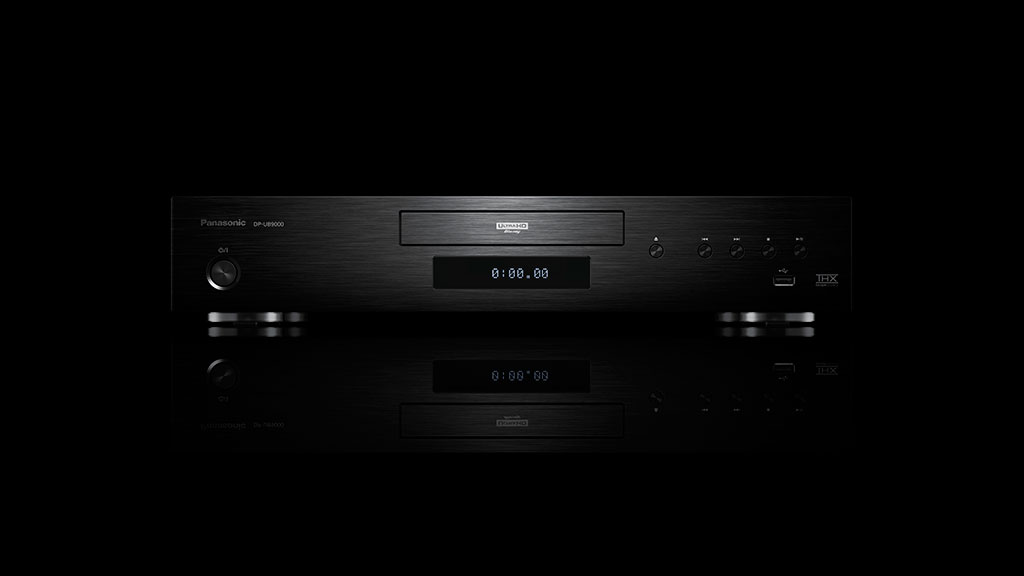We’ve seen HDR10+ in action – and it looks ace
Time to get another TV upgrade

If you’re going to look for one screen technology when upgrading to a new TV, make sure you get an HDR-capable set. But note this: not all HDR is created equal, and the new HDR10+ standard may well be the one to beat from what we’ve seen so far at IFA 2018.
HDR (high dynamic range) content offers punchier, richer pictures from compatible screens than non-HDR content. It pushes a wider color gamut from your panel and an improved contrast ratio, meaning there’s greater detail in color gradients, and a greater difference between light and dark portions of a scene, without the greying ‘bleed out’ from a light source to surrounding dark elements in a show or movie. Black screen portions will look truly black, while light sources can really deliver that ‘pin-prick-starlight-by-night’ effect in a natural way.
So how does HDR10+ differ?
HDR10+ is a new video format that’s set to go head to head with Dolby Vision in the battle to become the dominant TV tech standard. Developed by Samsung with big backing from the likes of Panasonic, Philips and Amazon (as well as Hollywood studios such as 20th Century Fox and Warner Bros), like its rival Dolby Vision, HDR10+’s key feature is dynamic metadata.
Its predecessor, HDR10, only boasted static metadata, meaning the boundaries for brightness levels remain the same throughout the duration of a film or a show. With the new format, brightness boundaries can be changed on a frame-by-frame basis, making for greater detail in bright scenes. What may give this format the edge is that unlike Dolby Vision, which companies like LG and Sony need to obtain a license for in order to feature it on their TVs, HDR10+ is being offered to manufacturers and content creators as an open, royalty-free platform.
Eyes-on with HDR10+
At IFA 2018, Panasonic announced its commitment to the standard, revealing that its FZ950, FZ800 and FX600 (and above) 4K TV series will all be getting a firmware update to support the improved HDR mode. Samsung’s complete 2018 QLED TV line-up will also be getting support for the feature.
We were able to go eyes-on with the Panasonic range sporting HDR10+ content at the show – and we came away impressed.
Get daily insight, inspiration and deals in your inbox
Sign up for breaking news, reviews, opinion, top tech deals, and more.

Panasonic had a selection of video demos to view at the show, including its own demo reel, and clips from the recent Wonder Woman movie.
Now, without a side-by-side comparison for your own eyes, it’s difficult to convey the benefits of HDR10+. But if you consider it as a tool from a filmmaker's perspective, it allows control of the HDR performance not simply over the course of an entire video, but on a scene-by-scene, or even frame-by-frame, basis. So, if for whatever reason the director wanted to dial down the HDR intensity on one frame and ramp it up for the following ones, they can do just that. It’s granular control of HDR performance that hasn’t been possible previously.
In practice, this leaves you with a jaw-dropping image. The now-iconic Wonder Woman fight scene against the German soldiers in a dilapidated village pops with color – the muted blue color palette acts as the perfect counterpoint to the shimmering bright sparks flying off the hero’s armor as she defends herself from enemy fire.
In Panasonic’s own demo reel, showing a spaceship crash-landing in a sci-fi desert, the contrast between shadow and incredible beating-sun brightness was intensely felt, as the wreckage cast looming shadows over an otherwise blindingly-bright landscape. There’s a ferocity to the image that wouldn’t otherwise be present without HDR, and the HDR10+ standard appears to intensify that aspect.

So, what will you actually be able to view in terms of HDR10+ content? At the moment… not very much, actually. Readily available HDR10+ programming can only easily be sourced from Amazon Prime Video, with Amazon having upgraded all of its HDR content to support the format.
In the coming months though you’ll be able to enjoy 4K Blu-ray content from the Warner Bros and 20th Century Fox studio libraries. And, thankfully, Panasonic will have Blu-ray players ready for the task – its DP-UB420, DP-UB820 and top-of-the-line DP-UB9000 decks will all support HDR10+ content.
- IFA 2018 is Europe's biggest tech show. The TechRadar team is in Berlin to bring you all the breaking news and hands-on first impressions of new phones, watches and other tech as they're announced.
Gerald is Editor-in-Chief of iMore.com. Previously he was the Executive Editor for TechRadar, taking care of the site's home cinema, gaming, smart home, entertainment and audio output. He loves gaming, but don't expect him to play with you unless your console is hooked up to a 4K HDR screen and a 7.1 surround system. Before TechRadar, Gerald was Editor of Gizmodo UK. He is also the author of 'Get Technology: Upgrade Your Future', published by Aurum Press.
